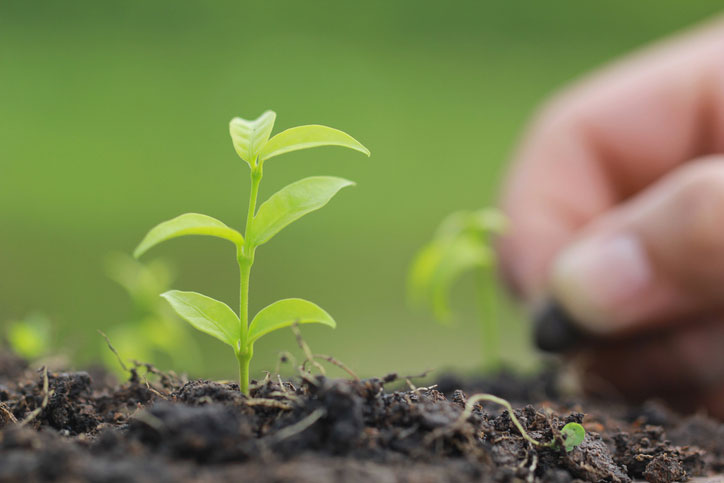 Sensors on tape that attach to plants yield new kinds of data about water use for researchers and farmers.
Sensors on tape that attach to plants yield new kinds of data about water use for researchers and farmers.
“With a tool like this, we can begin to breed plants that are more efficient in using water,” says Patrick Schnable, plant scientist at Iowa State University. “That’s exciting. We couldn’t do this before. But, once we can measure something, we can begin to understand it.”
The tool making these water measurements possible is a tiny graphene sensor that can be taped to plants—researchers call it a “plant tattoo sensor.” Graphene is an atom-thick carbon honeycomb. It’s great at conducting electricity and heat, and is strong and stable. The graphene-on-tape technology in this study has also gone into wearable strain and pressure sensors, including sensors for a “smart glove” that measures hand movements.


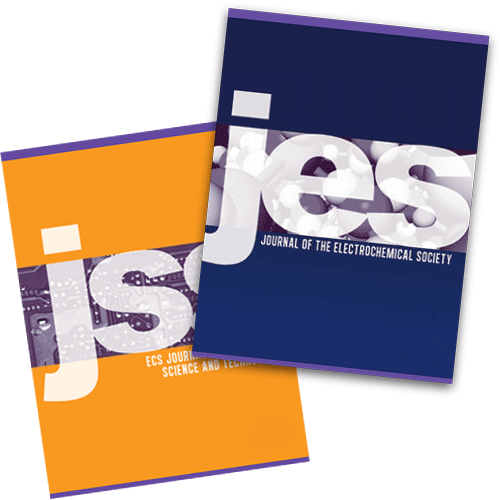 This article was originally published in the winter 2017 issue of
This article was originally published in the winter 2017 issue of  In a
In a 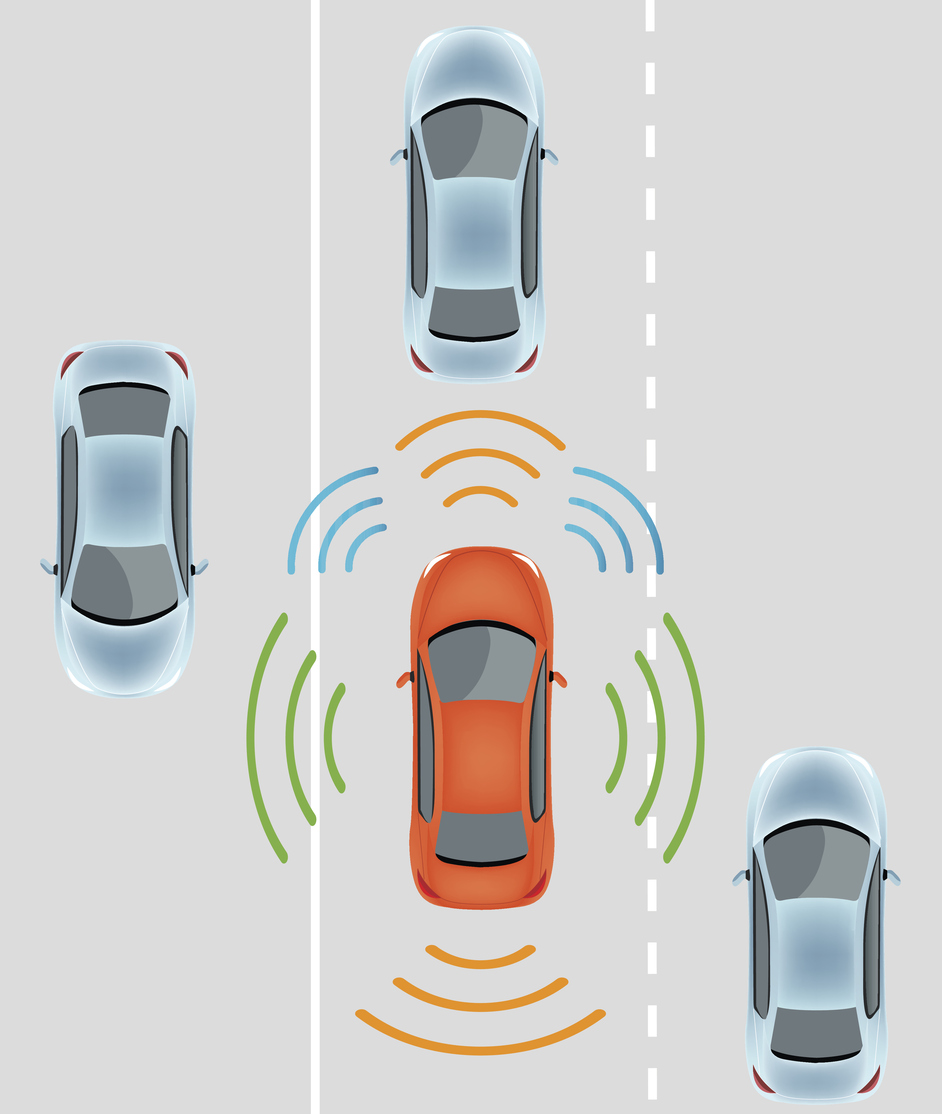 Every day about
Every day about 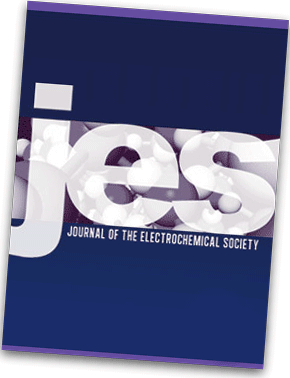 Over 1,840 articles were published in ECS journals in 2017, ranging from battery technology to materials science. Among those articles, “
Over 1,840 articles were published in ECS journals in 2017, ranging from battery technology to materials science. Among those articles, “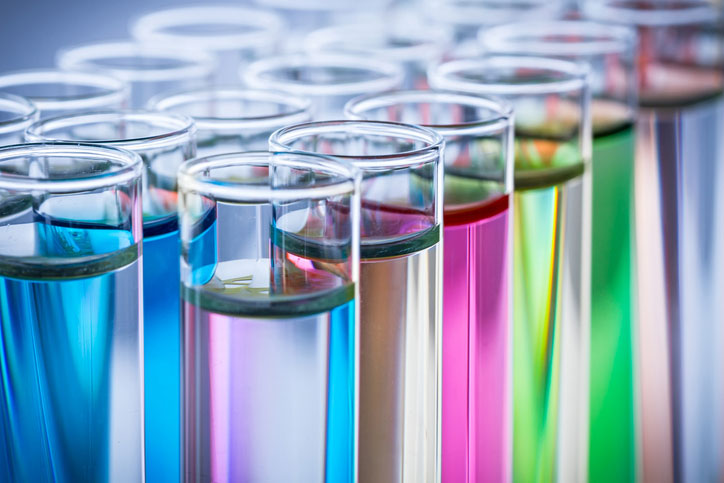 A new chemical sensor prototype will be able to detect “single-fingerprint quantities” of chemicals and other substances at a distance of more than 100 feet—and its creators are working to make it the size of a shoebox.
A new chemical sensor prototype will be able to detect “single-fingerprint quantities” of chemicals and other substances at a distance of more than 100 feet—and its creators are working to make it the size of a shoebox.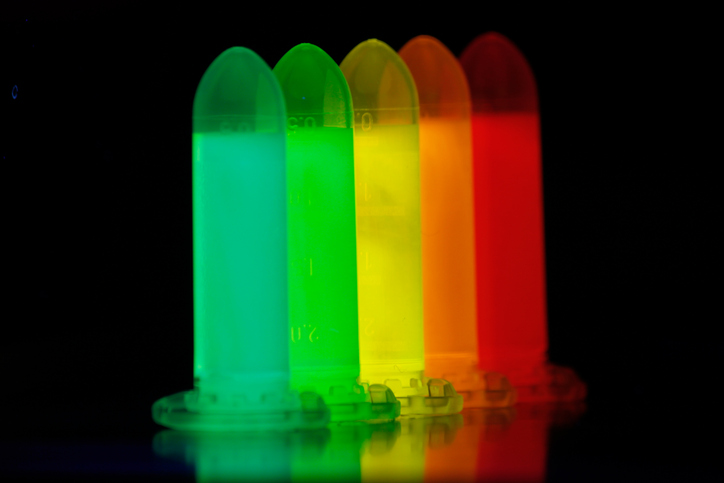 In a new paper, researchers describe the underlying mechanisms involved in creating a widely used class of quantum dots that use cadmium and selenium compounds as their molecular precursors.
In a new paper, researchers describe the underlying mechanisms involved in creating a widely used class of quantum dots that use cadmium and selenium compounds as their molecular precursors. The following is a roundup of the most downloaded episodes of the ECS Podcast in 2017.
The following is a roundup of the most downloaded episodes of the ECS Podcast in 2017.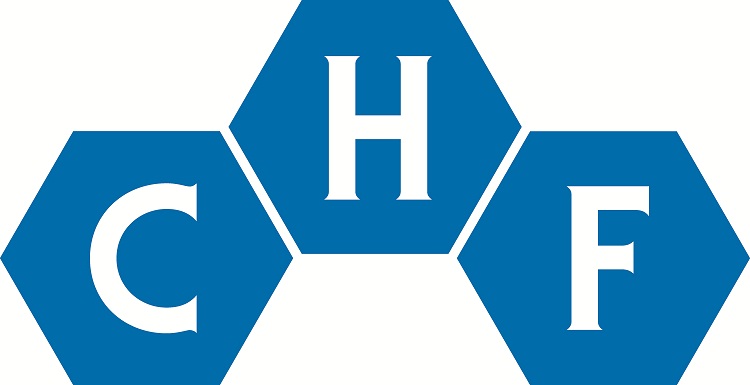 ECS members
ECS members